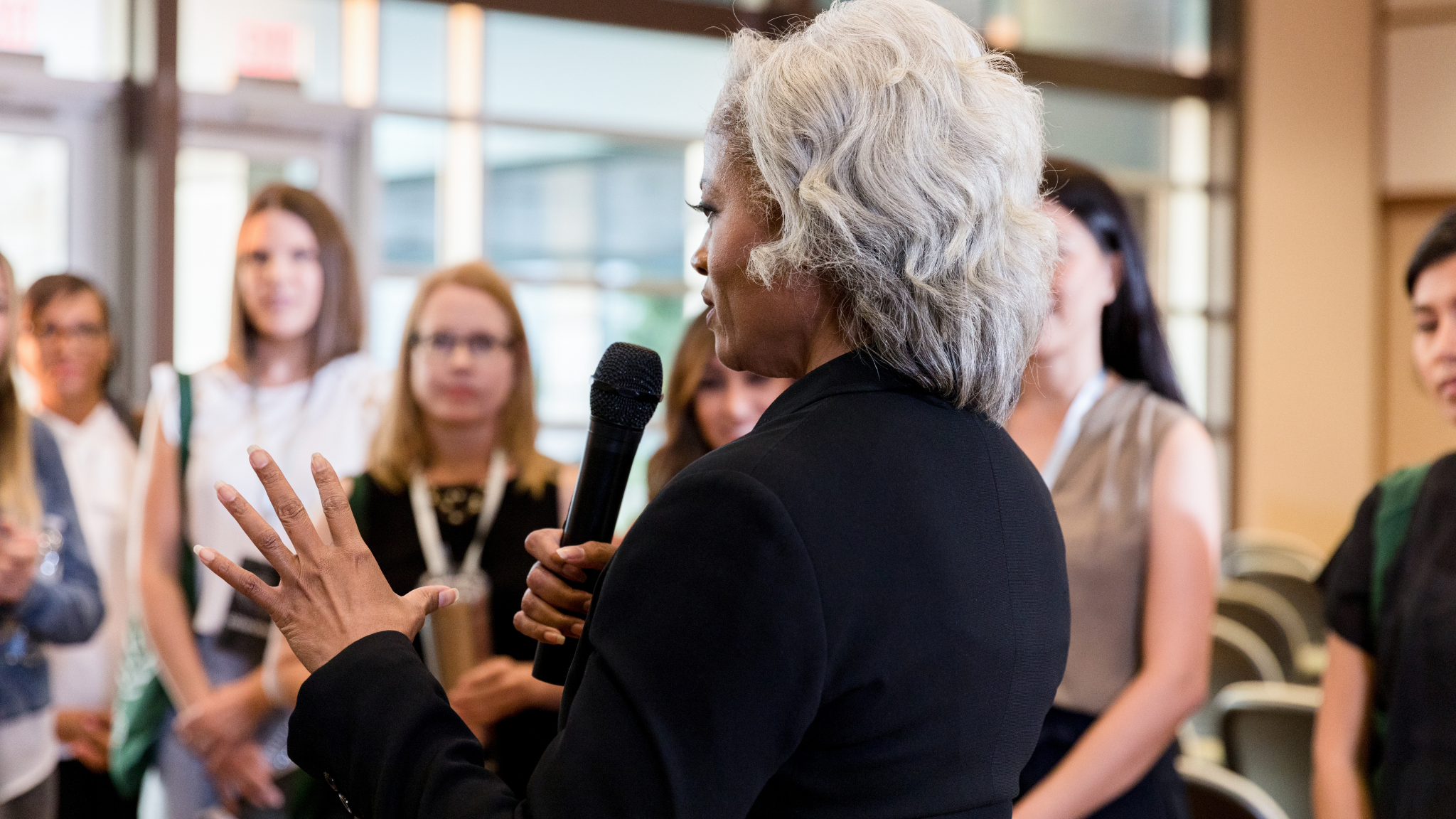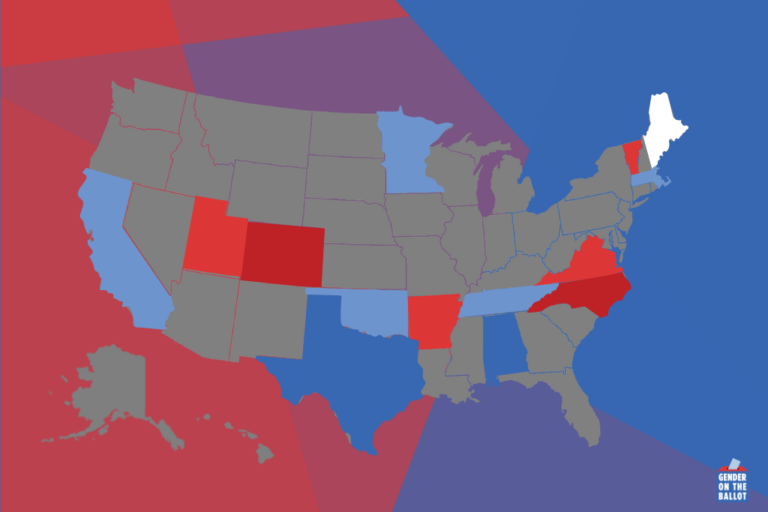Joe Biden scored a big win over Bernie Sanders in the Missouri Democratic primary…
Gender Quota Laws Increase the Share of Women in Cabinets

As Americans await news of Trump’s executive appointments, questions arise over who is in the running for these powerful roles and how well women will be represented in the 47th administration. In our recent research, we explore one mechanism the US lacks which could boost women’s numbers in the cabinet: gender quotas. While “quota” might seem like a dirty word in the US, these days a majority of countries around the world have adopted laws requiring that women make up a certain percentage of candidates or officeholders. Quotas boost women’s representation in legislatures, and they’ve been credited with helping break down long-standing barriers to women’s political participation. But do quotas only affect the number of women in parliament, or can they also help women rise to the highest levels of political power, like cabinet positions?
Looking at data from 168 countries over three decades (1990-2022), we find that quotas do make a difference in who gets appointed to government cabinets, but the effects aren’t as sweeping as some might expect.
The main takeaway from our research is that quotas help create a larger pool of women candidates in the pipeline for top political roles, such as ministers. After quotas are implemented, the number of women in cabinets increases by about 2.2 percentage points—a 15% increase in the average share of women holding cabinet positions. However, this growth is mostly seen in lower-prestige cabinet posts, like those overseeing family, youth, and women’s issues. We do not find significant changes in the number of women appointed to the most coveted and powerful, high-prestige positions such as finance, defense, or foreign affairs.
Our findings suggest that the key benefit of quotas is the “supply-side” effect: by fast-tracking women’s entry into parliaments, quotas expand the pool of women with the experience needed for ministerial roles. This effect is concentrated in parliamentary democracies, where (unlike the US) ministers are often selected from among elected representatives. Countries that experience a larger “quota shock”—that is a bigger increase in the share of women in parliament following the introduction of quotas—see the biggest boosts in women’s access to cabinets.
However, we found little evidence to support the idea that quotas increase women in top government roles by simply by fostering demand for women’s leadership—meaning, political elites and the public may not automatically expect or push for more women in executive positions. This points to a larger issue: while quotas help improve women’s representation in politics, they don’t guarantee that women have equal access to the most powerful roles.
In conclusion, while gender quotas have made a meaningful impact – our research shows for the first time that they significantly increase women’s presence in not only parliaments but cabinets – there’s still work to be done. Even with rules in place to promote a healthy pipeline of qualified women, gender equality in the top political positions remains a challenging goal.






